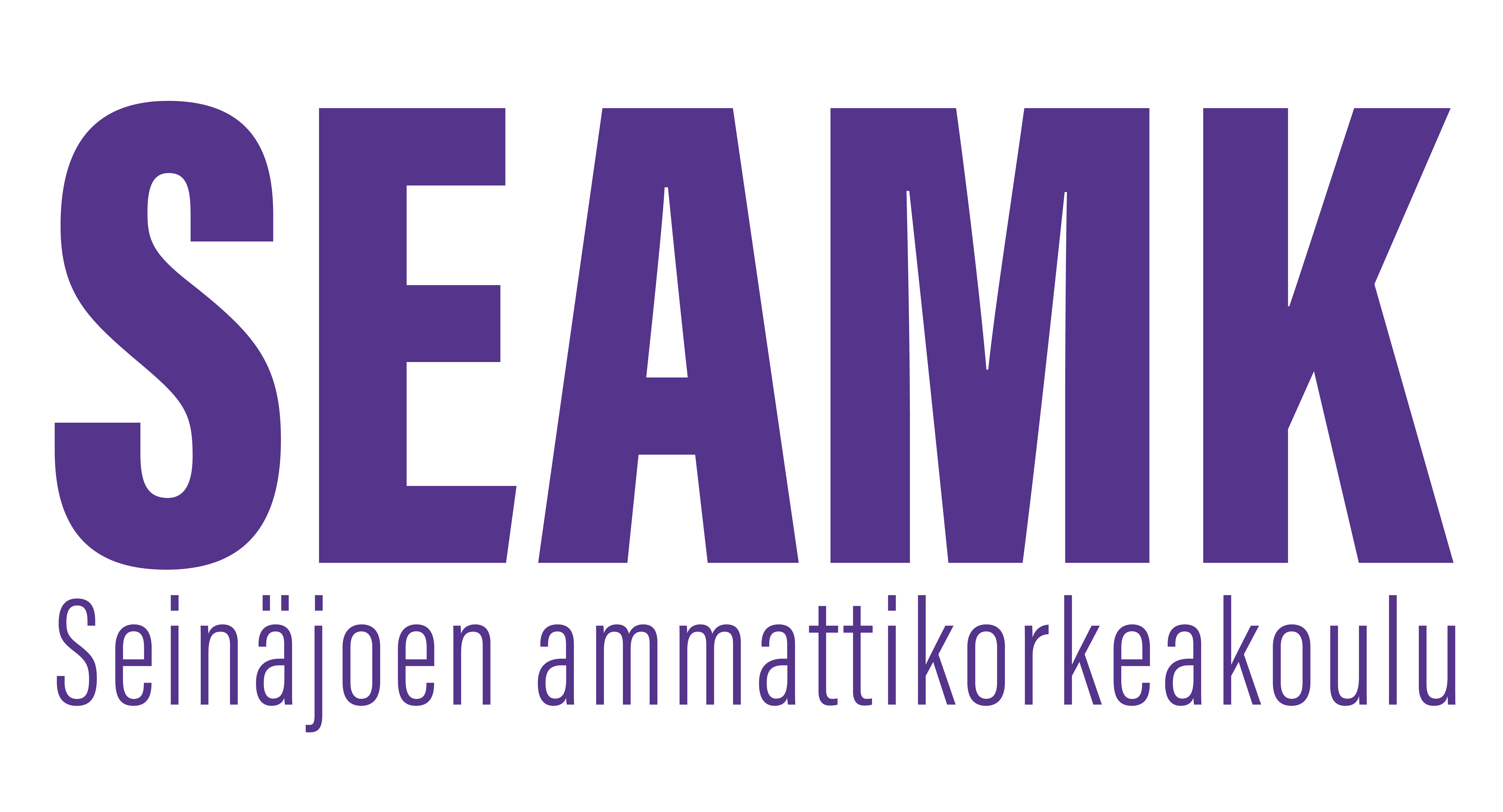Strateginen henkilöstövoimavarojen johtaminen, oppiva organisaatio (5op)
Toteutuksen tunnus: BG00DX15-3001
Toteutuksen perustiedot
- Ilmoittautumisaika
- 22.04.2025 - 03.09.2025
- Ilmoittautuminen toteutukselle on päättynyt.
- Ajoitus
- 01.09.2025 - 30.11.2025
- Toteutus on päättynyt.
- Opintopistemäärä
- 5 op
- Lähiosuus
- 2 op
- Virtuaaliosuus
- 3 op
- Toteutustapa
- Monimuoto-opetus
- Yksikkö
- SeAMK Master School
- Toimipiste
- SeAMK Seinäjoki, Kampustalo
- Opetuskielet
- suomi
- Koulutus
- Sosiaali- ja terveysala ylempi AMK, Ikääntymisen asiantuntija
- Opettajat
- Kaija Loppela
- Vastuuopettaja
- Elisa Kannasto
- Ryhmät
-
YKEJO25Sosiaali- ja terveysalan ylempi AMK, Kehittäminen ja johtaminen
- Opintojakso
- BG00DX15
Arviointiasteikko
1-5
Tavoitteet
Opiskelija tietää henkilöstöjohtamisen sekä strategisen henkilöstövoimavarojen johtamisen osa-alueet ja merkityksen organisaation menestyksekkäälle toiminnalle sekä työntekijöiden työmotivaatiolle ja työhyvinvoinnille. Opiskelija osaa arvioida ja kehittää omaa asiantuntijuuttaan suhteessa sosiaali- ja terveysalan johtamiseen. Opiskelija osaa johtaa ja kehittää henkilökunnan osaamista asiantuntijuuden ja ammatillisen toimijuuden sekä työmotivaatiota ja työn hallintaa tukevasti. Opiskelija ymmärtää osaamisen ja oppivan organisaation merkityksen työyhteisön toiminnan ja laadun kehittämisen näkökulmista tarkasteltuina ja osaa johtaa organisaation oppimista ja uudistumista. Opiskelija osaa arvioida, tukea ja kehittää henkilökunnan horisontaalista urakehitystä.
Sisältö
- Strategisen johtamisen osa-alueet ja merkitys organisaation toiminnalle
- Henkilöstöjohtaminen, strateginen henkilöstövoimavarojen johtaminen
- Osaamista, asiantuntijuutta ja ammatillista toimijuutta tukeva johtaminen
- Oppivan ja uudistuva organisaatio ja sen johtaminen
- Oman asiantuntijuuden ja osaamisen tarkastelu
- Urateoriat ja uraohjaus
- Vertikaalinen ja horisontaalinen urakehitys ja niiden tukeminen
Oppimateriaalit
Aura, Ossi, ja Guy Ahonen. Strategisen Hyvinvoinnin Johtaminen. Helsinki: Talentum Pro, 2016.
Engeström, Y. (2004). Ekspansiivinen oppiminen ja yhteiskehittely työssä. Vastapaino.
Laaksonen, H. ja Ollila, S. 2022. (toim.) Henkilöstöjohtamisen moninaisuus. Ajateltua, koettua, tutkittua. Oppian.
Otala, L., & Meklin, S. (2021). Ketterä oppiminen: 2, Strategiasta käytäntöön. Kauppakamari.
Viitala, R. (2021). Henkilöstöjohtaminen: Keskeiset käsitteet, teoriat ja trendit (1. painos.). Edita.
Viitala, R., Jylhä, E., & Sanoma Pro. (2025). Johtaminen: Keskeiset käsitteet, teoriat ja trendit (3. painos.). Sanoma Pro.
Opetusmenetelmät
Asiantuntija-alustukset, opetuskeskustelut, yksilö- ja ryhmätehtävät, itsenäinen opiskelu
Opiskelijan ajankäyttö ja kuormitus
Opintojakso sisältää n. 135 t työskentelyä
Arviointikriteerit, tyydyttävä (1)
Opiskelija on osallistunut opintojakson työskentelyyn. Opiskelija osaa kuvailla aiheen peruskäsitteistöä. Opiskelija osaa määritellä opintojakson peruskäsitteistöä opintojaksotehtävissään.
Arviointikriteerit, hyvä (3)
Opiskelija on osallistunut aktiivisesti ja rakentavasti opintojakson työskentelyyn. Opiskelija osaa analysoida aiheen käsitteistöä ja osaa kriittisesti soveltaa opittua käytännön toimintaan. Opiskelija osaa arvioida ja kehittää omaa asiantuntijuuttaan suhteessa sosiaali- ja terveysalan johtamiseen.
Arviointikriteerit, kiitettävä (5)
Opiskelija on osallistunut erittäin aktiivisesti opintojakson työskentelyyn. Opiskelija osaa vertailla aiheen käsitteistöä ja osaa monipuolisesti ja kriittisesti soveltaa opittua käytännön toimintaan. Opiskelija osaa kehittää luovia ratkaisuja opintojaksotehtävissään. Opiskelija osaa arvioida ja kehittää analyyttisesti ja monipuolisesti osaamistaan ja asiantuntijuuttaan suhteessa sosiaali- ja terveysalan johtamiseen.
